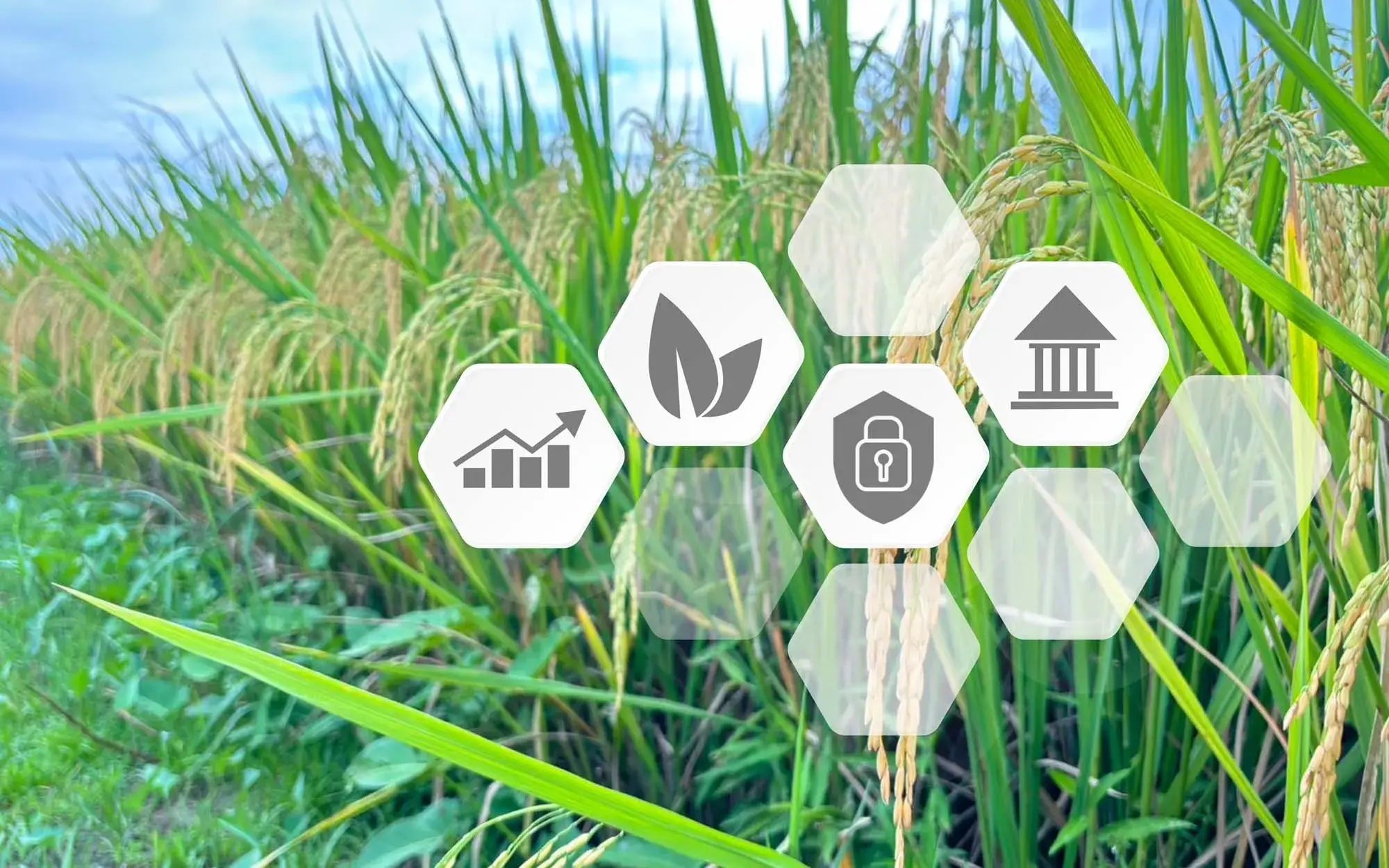
Smart plant growing devices are crucial for achieving the ecological goals of urban agriculture. In the face of challenges such as climate change and urbanization, these devices enable efficient resource use, waste reduction, and minimize environmental impact. By precisely managing growth conditions, they reduce water, energy, and resource consumption, contributing to sustainability in urban environments.
Smart plant growing devices use advanced technologies, such as sensors, the Internet of Things (IoT), automated systems, and mobile apps, to enable precise monitoring and management of plant growth conditions. These devices optimize key factors such as light, temperature, humidity, and irrigation, creating ideal conditions for plant growth in indoor spaces, urban backyards, or vertical farms.
One of the greatest ecological challenges in agriculture is efficient resource use, especially water and energy. Traditional irrigation systems consume excessive water and energy, while smart devices allow precise monitoring of soil moisture and automatic irrigation only when necessary. Sensors in smart devices detect soil moisture levels and automatically activate watering when needed, reducing water consumption and preventing excess, which can lead to root rot and other issues. Additionally, these systems enable precise temperature and light monitoring and optimization, reducing energy consumption for lighting and heating.
Smart plant devices, especially LED lighting systems, can significantly reduce carbon dioxide (CO2) emissions compared to traditional lighting methods. LED lights are energy-efficient, last longer, and emit wavelengths specific to photosynthesis, meaning plants use light more effectively for growth. This not only improves plant growth but also reduces energy consumption, which directly impacts the reduction of harmful gas emissions.
One of the key ecological goals in urban areas is waste reduction, which can have long-term benefits for the environment. Urban spaces use recycled materials, such as plastic containers, old pots, or composted waste, reducing the amount of waste that ends up in landfills.
Composting and Organic Waste Management
Smart devices can be integrated with composting systems, allowing users to recycle plant waste and turn it into a useful nutrient-rich substance for plants. These devices monitor nutrient levels in the soil and automatically alert users when additional feeding is needed, reducing the need for synthetic fertilizers. Composting plant leftovers in urban areas reduces overall waste and contributes to a circular economy.
Reducing Pesticide Use
Smart devices can help reduce the use of pesticides and other chemicals in plant cultivation. By using sensors and monitoring soil and environmental conditions, smart systems can detect early signs of diseases or insect infestations and provide users with information on when and how to apply treatments. This targeted use of pesticides reduces their application, minimizing soil and water contamination, which is crucial for ecosystem preservation.
Reducing Plastic Material Consumption
Smart devices can contribute to reducing plastic material consumption by optimizing irrigation systems, thus reducing the need for plastic pipes, bottles, and other single-use plastic products. For example, some smart irrigation systems use recycled materials and are designed for easy disassembly and reuse, further reducing plastic waste.
Urbanization and city growth have created challenges regarding land availability for agriculture. As land for traditional farming becomes scarcer, vertical gardens and urban farms are becoming popular solutions. Smart devices play a key role in efficiently utilizing space in cities.
Vertical Gardens and Hydroponics
Smart devices allow vertical farms and hydroponic systems to operate efficiently in urban environments. Hydroponic systems use water enriched with nutrients instead of soil, saving space and water. Smart devices that monitor nutrient levels and pH values of the water enable optimal resource management, making these systems sustainable and eco-friendly.
Urban Agriculture in Small Spaces
Smart devices allow people to grow plants even in small spaces, such as apartments, balconies, and terraces. In such cases, devices like smart watering and lighting systems can enable plant growth in suboptimal conditions, reducing the need for large areas and allowing the use of every available space for food production.
Smart plant growing devices represent a key component of sustainable urban agriculture, enabling efficient resource use, waste reduction, and improving ecological conditions in cities. The integration of advanced technologies such as sensors, IoT systems, and automation not only optimizes plant growth processes but also significantly reduces water, energy, and resource consumption. These devices enable space optimization, reduce CO2 emissions, and help minimize the use of plastic materials and pesticides, creating a more sustainable ecosystem. Through innovative solutions such as vertical farms and hydroponics, urban environments can become more resilient to climate change and enable greater food production in small spaces. By using smart devices, cities can evolve into ecologically sustainable spaces for food production in line with the needs of future generations.